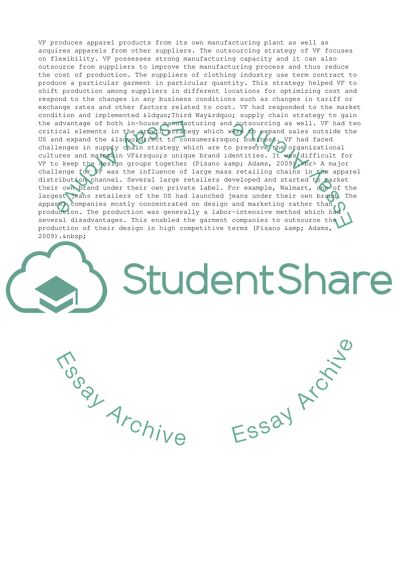Cite this document
(The Challenges in Global Supply Chain Strategy of VF Research Paper - 1, n.d.)
The Challenges in Global Supply Chain Strategy of VF Research Paper - 1. Retrieved from https://studentshare.org/management/1751859-e-logistics2
The Challenges in Global Supply Chain Strategy of VF Research Paper - 1. Retrieved from https://studentshare.org/management/1751859-e-logistics2
(The Challenges in Global Supply Chain Strategy of VF Research Paper - 1)
The Challenges in Global Supply Chain Strategy of VF Research Paper - 1. https://studentshare.org/management/1751859-e-logistics2.
The Challenges in Global Supply Chain Strategy of VF Research Paper - 1. https://studentshare.org/management/1751859-e-logistics2.
“The Challenges in Global Supply Chain Strategy of VF Research Paper - 1”, n.d. https://studentshare.org/management/1751859-e-logistics2.


